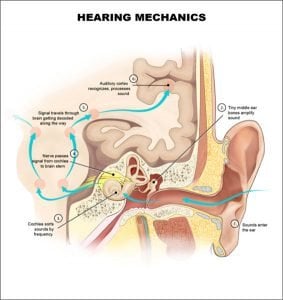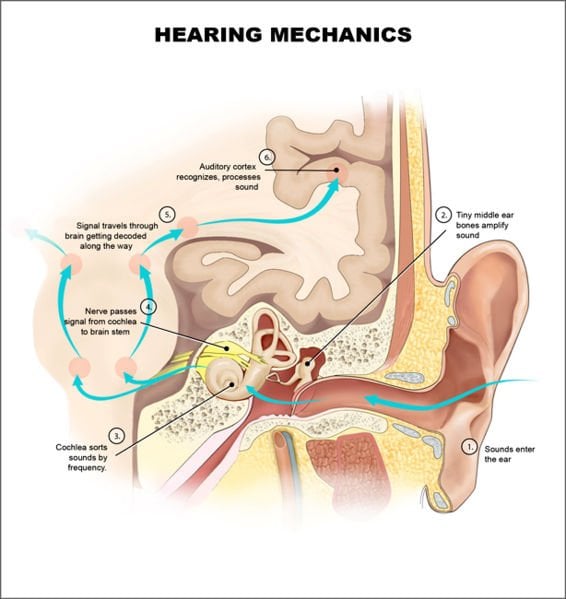A new study shows that a predictive brain signal could explain why we ‘hear’ inner speech in our heads even in the absence of actual sound.
Whether you’re reading the paper or thinking through your schedule for the day, chances are that you’re hearing yourself speak even if you’re not saying words out loud. This internal speech — the monologue you “hear” inside your head — is a ubiquitous but largely unexamined phenomenon. A new study looks at a possible brain mechanism that could explain how we hear this inner voice in the absence of actual sound.
In two experiments, researcher Mark Scott of the University of British Columbia found evidence that a brain signal called corollary discharge — a signal that helps us distinguish the sensory experiences we produce ourselves from those produced by external stimuli — plays an important role in our experiences of internal speech.
The findings from the two experiments are published in Psychological Science, a journal of the Association for Psychological Science.

Corollary discharge is a kind of predictive signal generated by the brain that helps to explain, for example, why other people can tickle us but we can’t tickle ourselves. The signal predicts our own movements and effectively cancels out the tickle sensation.
And the same mechanism plays a role in how our auditory system processes speech. When we speak, an internal copy of the sound of our voice is generated in parallel with the external sound we hear.
“We spend a lot of time speaking and that can swamp our auditory system, making it difficult for us to hear other sounds when we are speaking,” Scott explains. “By attenuating the impact our own voice has on our hearing — using the ‘corollary discharge’ prediction — our hearing can remain sensitive to other sounds.”
Scott speculated that the internal copy of our voice produced by corollary discharge can be generated even when there isn’t any external sound, meaning that the sound we hear when we talk inside our heads is actually the internal prediction of the sound of our own voice.
If corollary discharge does in fact underlie our experiences of inner speech, he hypothesized, then the sensory information coming from the outside world should be cancelled out by the internal copy produced by our brains if the two sets of information match, just like when we try to tickle ourselves.
And this is precisely what the data showed. The impact of an external sound was significantly reduced when participants said a syllable in their heads that matched the external sound. Their performance was not significantly affected, however, when the syllable they said in their head didn’t match the one they heard.
These findings provide evidence that internal speech makes use of a system that is primarily involved in processing external speech, and may help shed light on certain pathological conditions.
“This work is important because this theory of internal speech is closely related to theories of the auditory hallucinations associated with schizophrenia,” Scott concludes.
Notes about this neuroscience and psychology research
This research was supported by grants from the Natural Sciences and Engineering Research Council of Canada to Bryan Gick, Janet F. Werker and Eric Vatikiotis-Bateson.
Contact: Anna Mikulak – Association for Psychological Science
Source: Association for Psychological Science press release
Image Source: The auditory system diagram is credited to Zina Deretsky, National Science Foundation and is in the public domain.
Original Research: Abstract for “Corollary Discharge Provides the Sensory Content of Inner Speech” by Mark Scott in Psychological Science. Published online July 11 2013 doi: 10.1177/0956797613478614







